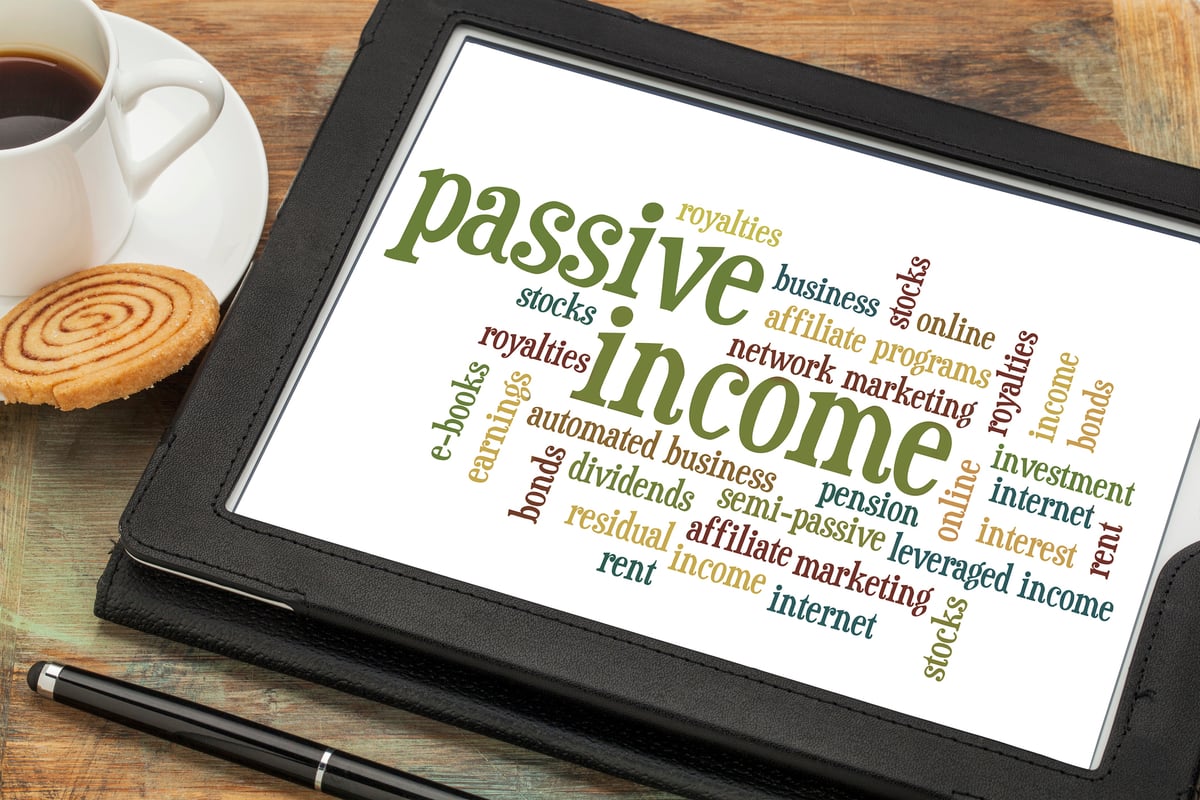For an investor looking at Enterprise Products Partners (EPD +0.86%) for the first time, this past quarter's results probably look great. Gross margins, net income, and cash flow all grew substantially and beat Wall Street's expectations. For those who have followed the company for a long time, though, these results aren't too much of a surprise as this quarter was pretty much business as usual for the oil and gas pipeline and processing giant.
Let's sift through the company's most recent earnings results and other recent announcements to see what investors can expect from the company throughout 2018 and beyond.
Enterprise Products Partners results: The raw numbers
| Metric | Q4 2017 | Q3 2017 | Q4 2016 |
|---|---|---|---|
| Gross operating margin | $1.52 billion | $1.31 billion | $1.36 billion |
| Net income | $797 million | $621 million | $670 million |
| EPS | $0.36 | $0.28 | $0.31 |
| Distributable cash flow | $1.26 billion | $1.06 billion | $1.03 billion |
Data source: Enterprise Products Partners earnings release. EPS = earnings per share.
After a bit of a Hurricane Harvey-related hiccup in the prior quarter, Enterprise came back this quarter with its best recorded quarter in terms of both profitability and pipeline and processing volumes for several of its business segments. Much of that growth came from its NGL and crude oil pipelines and services segments, which both recorded much better results than the prior year thanks to new projects coming online or ramping up activity.

Data source: Enterprise Products Partners earnings release. Chart by author.
Unlike many other companies that have so far reported large one-time expenses or benefits related to the recent tax changes in the U.S., Enterprise's results were mostly unaffected by the change. That's because as a master limited partnership, the company passes any tax obligations to its individual owners. As a result, the company doesn't have high levels of deferred tax assets or liabilities needing to be adjusted to the new laws.
What happened with Enterprise Products Partners this quarter?
- The company's capital spending in the fourth quarter was $1.0 billion, which lifted total spending in 2017 above its prior guidance to $3.4 billion. Management estimates that total spending in 2018 will be around $3.3 billion, $3.0 billion of which is for growth spending.
- This quarter's robust distributable cash flow growth led to a distribution coverage ratio of 1.3 times for the quarter and allowed management to retain $335 million for capital spending. For 2017, Enterprise generated $867 million in excess cash to support its capital program.
- Enterprise started operations at two of its largest capital projects this past quarter. Its Midland-to-ECHO crude oil pipeline and its propane dehydrogenation (PDH) unit. At the time of its earnings release, the PDH plant was running at near capacity and should start normal operations this quarter.
- In 2018, management estimates it will bring another $2.7 billion worth of its $5.5 billion in projects under construction to completion.
- This past quarter and so far in 2018, Enterprise has announced plans to convert one of its Permian Basin NGL pipelines to transport crude oil, expand its natural gas processing units in the Permian, and add more capacity to one of its processing facilities on the Gulf Coast.
- In conjunction with its earnings release, the company also announced it was forming a 50/50 joint venture with liquefied gas vessel company Navigator Holdings (NVGS 1.42%) to construct a 1 million ton per year ethylene export terminal on the Gulf Coast. No sticker price was given for the project, but the two expect to complete it by the first quarter of 2020.

Image source: Getty Images.
What management had to say
One of the more shocking twists this past year was when Enterprise announced that it was ratcheting back its distribution growth rate. The strategy behind that plan was to reduce the company's dependency on the equity market to fund its capital program. So, as part of CEO Jim Teague's press release statement, he went out of his way to explain how that decision is affecting its funding program this year and beyond:
Enterprise reported record operating and financial results in 2017 as the energy industry began to emerge from a challenging three-year commodity cycle. We posted record liquid pipeline volumes and marine terminal volumes. Our strong financial performance in 2017 provided us the financial flexibility to provide our partners with 4.5 percent distribution growth and 1.2 times distribution coverage for the year while self-funding approximately 55 percent of the equity portion of our $3.1 billion of investments in organic growth capital projects and acquisitions during the year. Based on expected distributable cash flow growth from new projects and our existing assets, we believe we can deliver on our goal of providing our partners' moderate distribution growth and fully self-funding the equity portion of our growth capital investments in 2019, assuming $2.5 billion to $3.0 billion in growth capital expenditures.
10-second takeaway
While Enterprise's fourth-quarter results were better than expected, it wasn't as though the company changed its business. It continues to deliver new growth projects on time and within budget while restocking its backlog with new opportunities like this ethylene export terminal. Also, with a slower distribution growth rate, we should expect its distribution coverage ratio to increase through this year and next as management strives to use less shareholder dilution to pay for growth. It may not affect Enterprise's total cash flow results over the long haul, but investors who hang on for years at a time should notice better per-share results.








